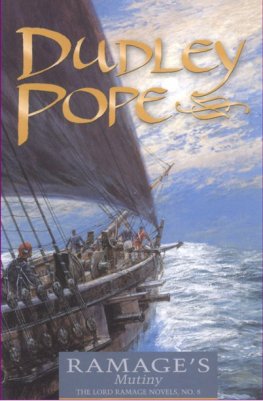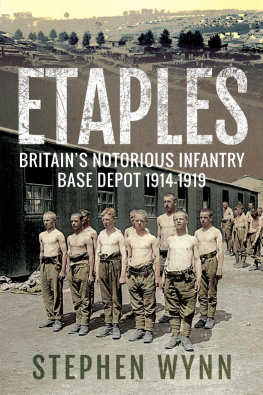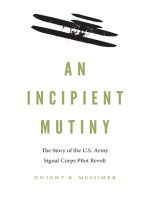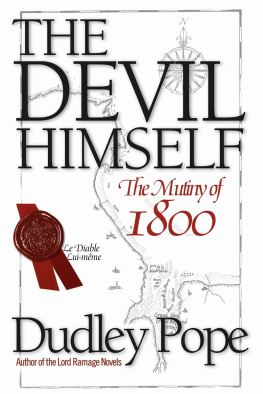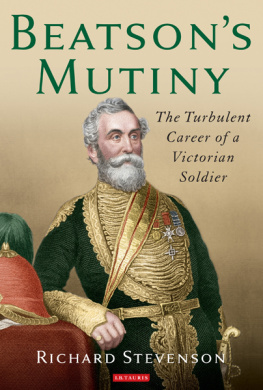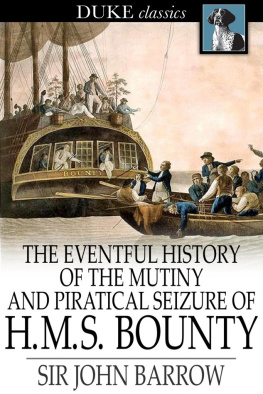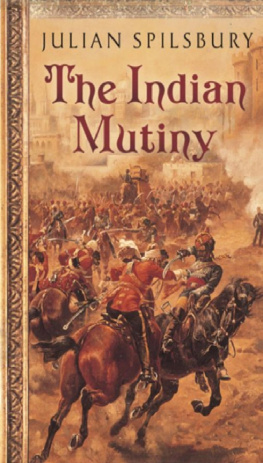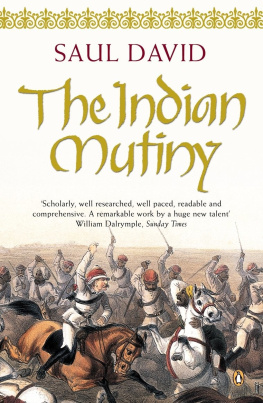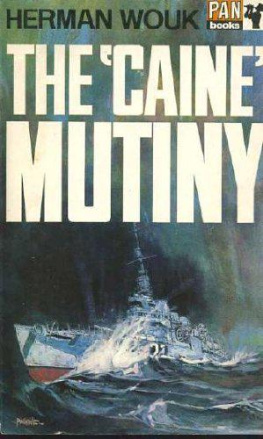Our greatest thanks must go to the many veterans of the taples base camp from all over Britain and the Commonwealth who wrote and spoke to us about their memories of the Bull Ring and the mutiny. Many are quoted by name in the text. We have also had great help from the residents of taples, particularly M. Achille Caron, photographer and historian of the town.
Friends and relatives of Percy Toplis assisted us, as did Arthur Rayment, who encountered Toplis in his post-war career, and Mr William Stephens, who had memories of his wartime activities. The published personal reminiscences of Edwin Woodhall (Detective and Secret Service Days, Jarrolds, London) and Lady Angela Forbes (Memories and Base Details, Hutchinson and Co., London) have been invaluable to us, as have the journalists accounts in John Bull, Worlds Pictorial News, the New York Tribune, the Andover Advertiser, the Yorkshire Post and the Penrith Observer.
We have also had great help from the staff of the Imperial War Museum, the Public Records Office and the British Newspaper Library, and we have drawn considerable background material from the extensive literature about the First World War.
Getting the Story
The book and the subsequent television series The Monocled Mutineer caused so much controversy the idea that British troops had mutinied in the First World War was anathema to the military establishment that new readers are perhaps entitled to an account of how the book, and the story in it, came about.
History, the jibe runs, is something that did not happen, described by people who werent there.
When Bill Allison and I were researching The Monocled Mutineer we found a then untrodden path to uncovering the events at taples in 1917. We actually talked and corresponded with the participants. In 1976 these men were mainly in their seventies, their memories of desperate times consigned to irrelevancy by the intervention of a second war and relayed only to old comrades and the sporadic interest of grandchildren.
The principal official record of the taples mutiny which survives is the war diary of its most exalted victim. the Commandant, Brigadier-General Andrew Graham Thomson, Royal Engineers. Subjective as it is, it makes alarming enough reading: Disturbance in Reinforcement Camp between military police and troops, Corporal Wood, 4th Gordons being accidentally shot a crowd of about 1000 gathered in taples town, and about 7.30 pm tried to break into the Sevigne cafe where two policemen were hiding.
Thomson goes on to describe further riots and breakouts for four days, accompanied by increasingly desperate attempts to have troops sent back from the front to restore order. As an official document of an event which was effectively to end Thomsons career, the diary is astonishingly frank. It could hardly, however, be expected to paint a full picture. We determined therefore to seek direct evidence. We suspected that many veterans would still be chary of speaking about what they regarded as an ignoble episode. Our letter to local newspapers was thus carefully worded: Do any veterans of the First World War have recollections of the events at taples in September 1917?
This letter was published in newspapers in the areas where we knew that regiments which were involved were recruited Dundee, Manchester, Glasgow, Yorkshire, the East Midlands and in several newspapers and journals in Canada, Australia and New Zealand. Nearly 60 years had elapsed. We had no notion of what to expect. But then, day after day, for three months or more, there arrived through my letter box from all over the world, sharp, bitter accounts of events long ago, but far from forgotten. Inevitably they were careful, handwritten stories in old mens script, teased out without any other prompting than the brief query in their local paper.
Some were brief and to the point. M. Cordy wrote from Chaucer Gardens, Sutton, Surrey: I was at the camp in 1917. It was like prison and the Red Caps were worse than bastards. Even the officers were scared of them. There was a provo sergeant. We called him Black Jack. The Aussies swore they would get him. They did. He was tied to the railway lines and that was his lot. When the trouble was over we were sent into the firing line at Passchendaele Ridge. It was hell let loose and half of us never came back. Cordy had been 15 when he joined up and was at taples on his way back from England, having been gassed at Ypres.
Scores of letters described the dreadful conditions at taples which fuelled the mutiny. A. J. Notley wrote from New Costessey in Norwich: My memories of the taples base are chiefly of the abuse which was heaped on the rank and file and even now, in my 80th year, I wonder at times what comradeship means.
George Horn, a Highlander then living in Prescot on Merseyside wrote: What I remember of Etaps was harshness, bullying, poor rations and intolerance, an unnecessary breaking in process to the pitch of human endurance.
In the Imperial War Museum, the large-scale maps of the taples camp and the Bull Ring still survive. It is possible to trace the purgatorial obstacle course which our correspondents remembered, the trial gas chambers, the assault course, the bayonetting, and always and repeatedly, the sand. A Seaforth Highlander wrote from Bacup in Lancashire. He recalled seeing men wounded and killed on the assault course. Sergeant C.J. Jellie wrote from Takapuna, near Auckland in New Zealand, recalling seeing the Aussies cut down a Tommy who was bound to a wagon wheel doing field punishment.
But it was the detailed accounts of events during the mutiny, unprompted except by our newspaper letter, which fascinated most in that early correspondence. W. Breffit wrote from Cadboro Bay, British Columbia, that after the mutiny started we all started to walk into town. The MP tried to stop us. He was rushed and thrown over the bridge.
Several men recalled the shooting of Corporal Wood. Private A. Lumley, Royal Scots, wrote from Bramcote, Nottingham: I think I am the only living person who saw the start of the mutiny at taples in 1917. It started with the firing of the pistol of the Red Cap on the bridge. I stood near the bridge with Private Cairns of the Scottish Rifles when we noticed a Scottish soldier and an Anzac talking to a WAAC girl. We saw the Red Cap say something to them, and then he shot the Scot dead. My companion had no love for the English, and he simply went mad and raced through the Scots camp shouting An English bastard has shot a Jock. Several writers identified the Red Cap as Danny Reeve, a well-known ex-welterweight boxer.
Aubrey Aaronson, from Prestwich, Manchester, of the Border Regiment, said: The troops ran into the taples village, chasing the WAACs out of their billets. Six military policemen were shot and buried outside taples with comical songs for their funeral. The troops in the Bull Ring downed their arms and went crazy and put sleepers on the railway track to stop them going up the line. The release of prisoners was described by Weber Todman from Wanganui, New Zealand; We marched to the clink, which was half of the MPs quarters, let the prisoners out, doused the place with kerosene, and set it on fire. This created a very dangerous situation as it was very near the ammunition dump.
By now it was clear to Allison and myself that we were dealing with a much more dramatic array of events than Thomsons war diary suggested. We wrote back to our correspondents, visited them, solicited further letters from around the world.
We also paid a number of visits to taples itself. The square was unchanged, though the Htel des Voyageurs had seen better days. There is no sign of the great camp. But the war cemetery is reminder enough. taples seems the cruellest of cemeteries. There are more than 10,000 graves, the pitiful roll-call of those who lived long enough to endure the journey back from the front, but who could not hold on to life long enough to see England again. We found the grave of Corporal Wood.


